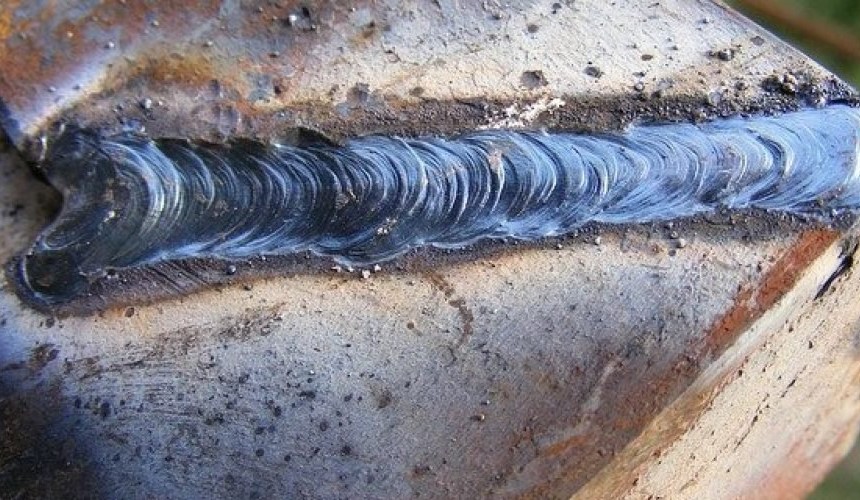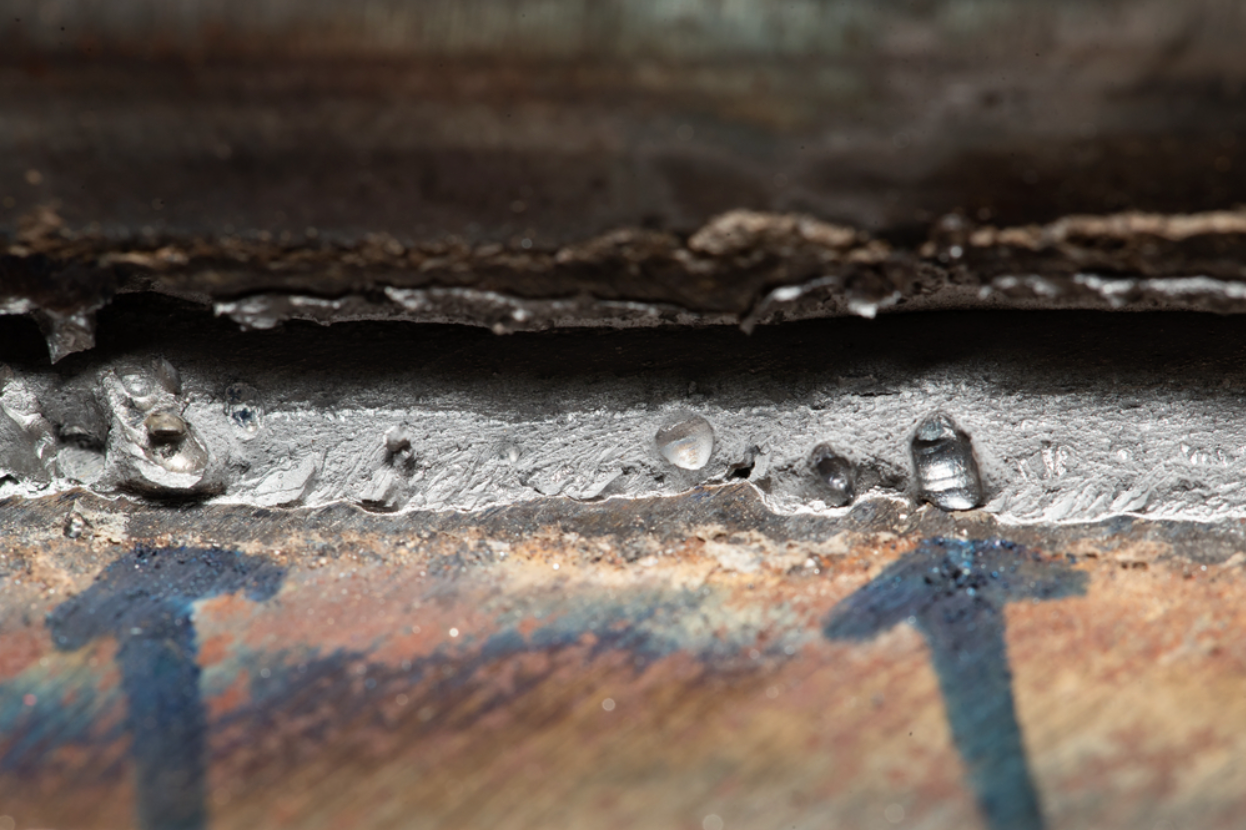Best Practices for Preventing Weld Undercut: Mastering the Basics
Best Practices for Preventing Weld Undercut: Mastering the Basics
Blog Article
Important Tips for Welders: Stopping Undercut Welding and Ensuring Stronger Weld Joints
In the world of welding, attaining solid and resilient weld joints is the keystone of generating top quality work. One usual obstacle that welders commonly come across is undercut welding, which can jeopardize the integrity of the weld joint.

Recognizing Undercut Welding
Undercut welding is a typical welding issue that happens when the weld steel fails to appropriately fill the groove and leads to a groove-like clinical depression along the weld bead. This flaw weakens the weld joint, making it prone to breaking and failing under tension. Damaging can be brought on by various aspects, consisting of excessive welding existing, high welding speed, inappropriate electrode angle, wrong electrode size, and bad welding strategy.
Among the main factors for undercut welding is an imbalance between the welding present and the welding rate. If the welding current is too expensive or the welding speed is as well quickly, the weld metal may not effectively fill up the groove, bring about damaging. Additionally, using an electrode that is also big can lead to a comparable end result, as the excess steel can not properly flow right into the groove.
To avoid undercut welding, welders must guarantee they are making use of the proper welding parameters, maintain a suitable electrode angle, pick the appropriate electrode size, and practice proper welding techniques. By dealing with these elements, welders can reduce the risk of undercutting and create stronger, more dependable weld joints.
Proper Welding Technique
Efficient welding technique plays an essential duty in making sure the high quality and integrity of weld joints. One essential aspect of proper welding technique is maintaining the proper angle and distance in between the welding weapon and the work surface.
Furthermore, a constant and steady hand activity is essential for producing strong and long lasting weld joints. Welders ought to go for smooth, uniform activities to ensure also distribution of the weld product. Proper control of the welding gun and filler material is additionally crucial to accomplishing optimal infiltration and fusion.
Additionally, regulating the warm input and picking the proper welding criteria based on the product being bonded are vital consider achieving top notch welds - Preventing weld undercut. Welders should comply with the advised settings offered by welding treatment specs and adjust them as needed based upon the details requirements of the project. By grasping correct welding techniques, welders can significantly enhance the stamina and integrity of their weld joints
Picking the Right Electrode
Maintaining the appropriate angle and distance in between the welding gun and the workpiece is fundamental when taking into consideration the importance of selecting the right electrode in welding applications. The choice of electrode plays an essential role in establishing the top quality and strength of the weld joint. Electrodes come in various types, each created for certain functions and products.
To start with, picking the ideal electrode diameter is vital. Thinner electrodes appropriate for welding thin materials, while thicker electrodes are much better for thicker products and greater warm applications. Matching the electrode diameter to the thickness of the work surface assists attain a well balanced weld.
Second of all, understanding the material composition of the electrode is important. Different electrodes are developed for welding certain products like steel, stainless-steel, light weight aluminum, or cast iron. Using the proper electrode product makes certain excellent blend and lessens the risk of defects in the weld.
Finally, considering the welding position and technique is critical when choosing the electrode kind. For circumstances, certain electrodes are much better fit for overhead or vertical welding placements, while others function well for level or straight placements. Choosing the right electrode based upon the welding technique enhances the total weld top quality and honesty.
Preparing the Base Metal
To guarantee an effective welding procedure, what preliminary steps should be taken when preparing the base steel for welding? Correctly preparing the base metal is click this site vital for accomplishing sturdy and strong weld joints. The very first step in preparing the base steel is to clean it completely to remove any type of pollutants such as corrosion, dirt, oil, or paint. This can be done making use of a cable grinder, chemical, or brush solvents. Additionally, any type of existing weld material or residue from previous welding must be eliminated to ensure a clean surface area for the new weld.

Performing Post-Weld Assessments

After conducting these assessments, welders address have to contrast the outcomes against industry criteria and task demands to make certain that the weld joint fulfills all needed requirements. Any insufficiencies or variances discovered during the post-weld evaluation should be promptly resolved with suitable rehabilitative procedures to ensure the weld's integrity. By vigilantly carrying out post-weld assessments and quickly attending to any issues, welders can support the high quality and dependability of their job, ultimately adding to the safety and security and durability of the welded frameworks.
Conclusion

Finally, preventing undercut welding and guaranteeing more powerful weld joints need a mix you can find out more of proper welding technique, choosing the appropriate electrode, preparing the base metal appropriately, and performing post-weld assessments. By understanding the reasons of undercut welding and implementing the needed preventative measures, welders can create high-grade weld joints that satisfy sector standards and guarantee the architectural integrity of the welded parts.
Undercut welding is a common welding problem that happens when the weld steel fails to correctly load the groove and results in a groove-like anxiety along the weld grain (Preventing weld undercut). Damaging can be caused by various aspects, consisting of too much welding current, high welding speed, incorrect electrode angle, wrong electrode size, and inadequate welding method
One of the primary factors for undercut welding is an imbalance between the welding current and the welding speed. If the welding current is as well high or the welding rate is too quick, the weld steel might not adequately fill the groove, leading to undercutting.Preserving the right angle and range in between the welding gun and the workpiece is basic when taking into consideration the importance of picking the ideal electrode in welding applications.
Report this page